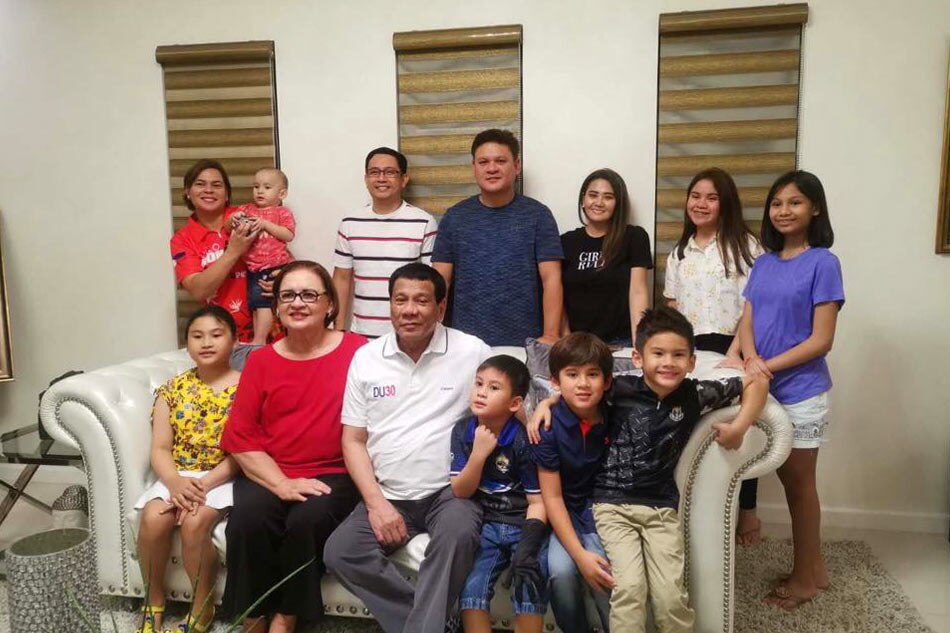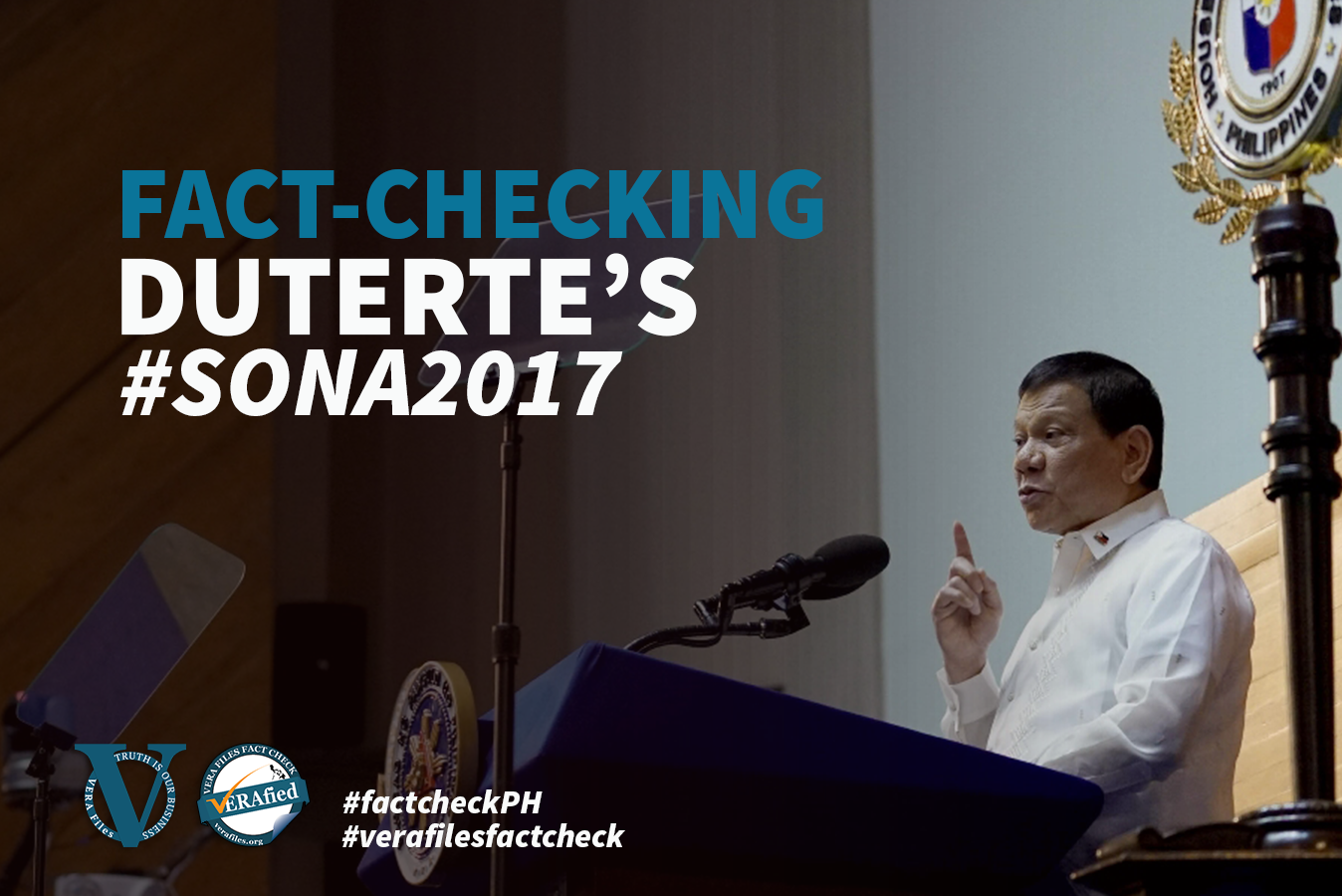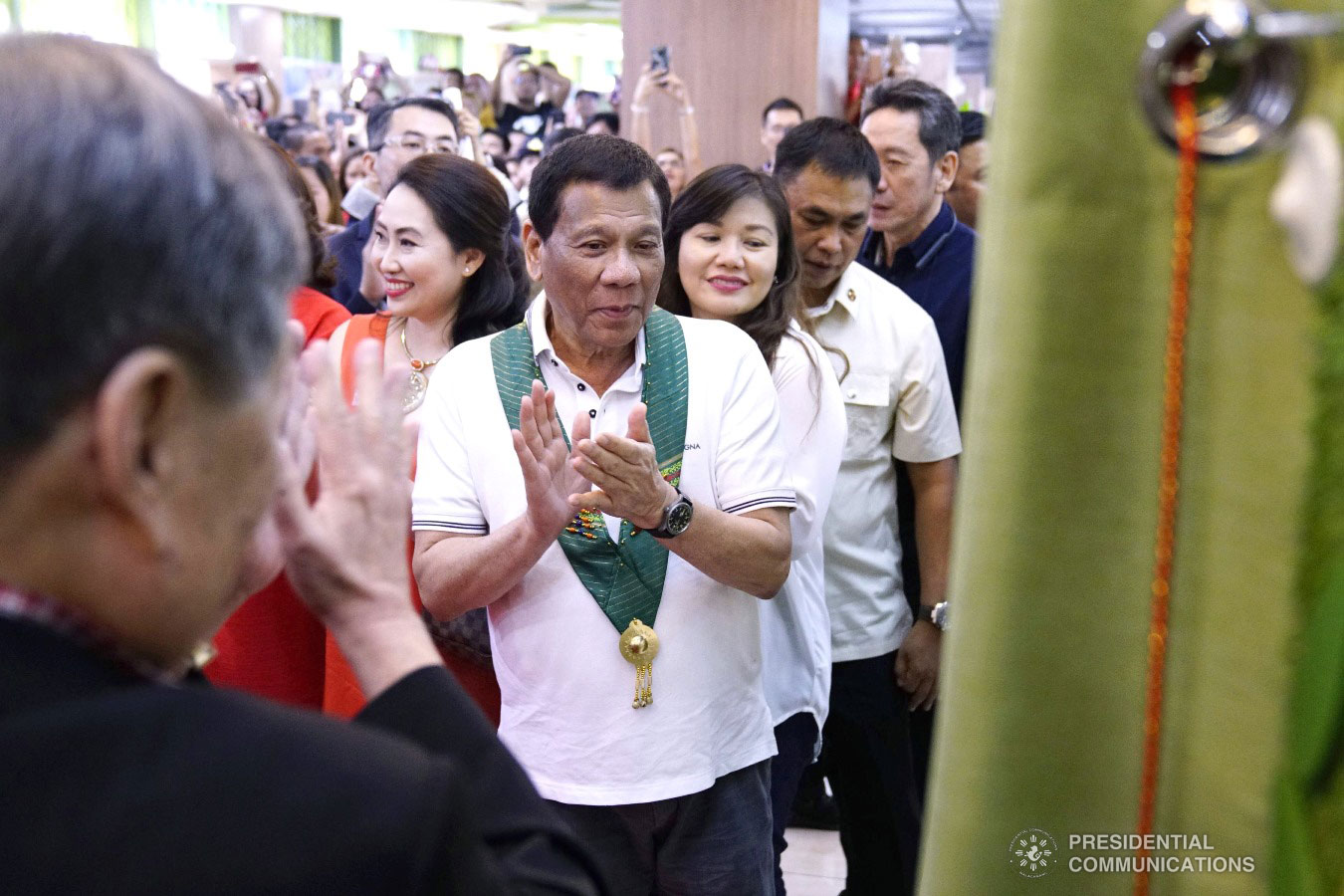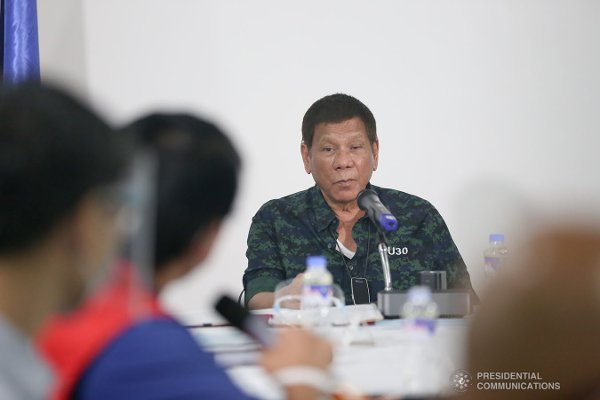That was the big question in 2016 when Rodrigo Duterte ran for president. His troll battalions said, yes. That became Duterte’s illusory invincibility that won him the presidency. “Davao City is my Exhibit A,” he told the Rotary Club of Manila in January 2014.
Now that the trolls seem to have been re-activated (because of the confidential funds?), we are in again for the same round of fallacies. It is time to revisit the myth of this family that wants to regain national power in 2028.
The area known today as Davao City was obscure for the most part of the Spanish colonial period. “Davao” in that era was today’s Davao Oriental province where some of the oldest settlements in Mindanao were founded. One such was the town of Caraga, founded in 1750.
The area now designated as Davao City reached colonial notice only in 1848, when a mission financed by Manila business and headed by the Spanish Basque Jose Oyanguren reached the place. The deal was for Oyanguren to be given full authority to rule the area as governor. Again a distinction must be made with the old Davao on the Pacific coast, Davao Oriental of today. Oyanguren’s deal did not include that area, which by then was already settled and Hispanized. The venture failed the colonial government’s expectations, and so Spanish governor general Antonio de Urbiztondo withdrew the deal with Oyanguren.
That, was the Davao City of history – non-existent. Elsewhere in Mindanao, especially on the north, towns began flourishing since the 1600s. When the Philippine Revolution broke out against Spain and which later morphed into the Philippine American War, there was zero revolutionary activity in the area of today’s Davao City. It was remote, literally Mindanao’s backwaters.
When the American colonial government took over the Philippines, that part of Mindanao was lumped together with the Moro Province, when northern Mindanao already had local governments and had representations in the Philippine Assembly.
What transformed the area was plantation economics. An American, James Burchfield, started the first abaca plantation in 1902. But the agricultural shift caused massive displacements of the indigenous populations. What followed was agrarian unrest, which the Americans quelled by means of a scorched earth policy. In the process, the area’s military headman Lt. Edward Bolton was assassinated. Bolton himself had acquired lands for abaca planting. Corruption was the name of the game.
Abaca became the magnet for migrations to the area, particularly Visayan recruits to work in the plantations. Then in 1903, recruitment of Japanese labor began under Ohta Kyozaburo who had formed the Ohta Development Corporation. By 1918, Ohta was the leading abaca planter of the area. There were 71 plantations owned by the Japanese and only 34 by the Americans.
In 1945, the American Geographic Society studied the area for research, later published under the authorship of Karl Pelzer. The study was not quite rosy. Japanese agricultural companies were occupying more land than they had a right to. For example, as early as 1935, the Japanese controlled a total land area of 57,350 hectares, of which only 28,098 were legally acquired. The rest, some 29,252 hectares, were public lands alienated to Filipinos and Americans who had leased it to the Japanese.
There were by that time 30,000 Japanese settlers in the area. The place was effectively under Japanese control. That gave rise to fears of total Japanese domination.
The solution of Manila was to make the area a chartered city. Until then, chartered cities had officials appointed by Manila. Without free elections, Manila was assured that the Japanese could not control the new city by having their Filipino surrogates get elected.
Davao City had long harbored illusory credentials. For many decades, it marketed itself as the “biggest city in the world.” Even that was merely tactical. The land area of the new city had to encompass all the abaca plantations in the hands of the Japanese, hence the large expanse of the new city.
To understand why a Mindanao backdoor city would become so pliant to political dynasties to the point of acquiescing to silence goes back to its past. The influx of Visayan migrants as farm labor also brought with it the arrival of migrants with political desires to rule the new frontier. With such kind of socio-economic captives that the new city abounded, the political leadership was just rife for dynastic bossism. That was what the Cebuano migrants Alejandro Almendras and Vicente Duterte brought to Davao City.
That was the face of Davao City – a plantation economy where the majority became landless settlers. To make matters worse, abaca declined in the 1950s. Banana and logging followed. That did not improve the poverty conditions. The wide areas resulted in land availability that in turn attracted more migrants.
Political bossism became the rule of the day. In 1956, political leaders had ties to gambling dens. From 1963 to 1966, there was rampant smuggling in the Davao port, said to be in cahoots with the city’s political leaders. There was brigandage in the city by gangs who lived on robbery. Are we surprised that even today, Davao City is the shabu capital of the country?
Fast forward to May 16, 2017, when Duterte was already president. On the evening of that day, the Red Chinese vessel Guang Ping sailed through Manila Bay and unloaded its cargo at the Manila International Container Port. Among the cargo was the now-celebrated P6.4 billion shabu shipment that passed through the green express lane (not subjected to X-ray) of the Bureau of Customs.
There were two who spoke of the so-called Davao Group: the fixer of the cargo who testified that the cargo was facilitated by the group, and senator Panfilo Lacson who said that the Davao Group was “the No. 2 among five big players in the Bureau of Customs which have been facilitating the release of 390 to 490 containers per day or 1,950 to 2,450 containers weekly.”
No one among the Davao Group was prosecuted. That was enough indication that the Davao City of history continued its brand of coercive bossism. When people live in fear, they obey rules. But that is not a guarantee of rule of law because those who coerce can be lawbreakers themselves.
On August 15, 2018, even when Duterte was president, the Philippine Drug Enforcement Agency in the Davao Region announced the proliferation of party drugs called ecstasy, also called ChemRom (chemical romance), in Davao City. ChemRom is a “designer drug” that have been used in sexual abuse cases because they render the victim unconscious.
Next day on August 16, the Philippine National Police Directorate for Investigation and Detective Management announced that Davao City recorded the highest number of rape cases in the second quarter of 2018. It had topped the list with 42 rape cases for April-June 2018.
Crime and dynastic bossism – those were always the norms in Davao City. Only a troll army that spewed illusions was able to erase that. No one bothered to notice that in 2016, the PNP had ranked Davao city as No. 1 in murder cases among the country’s top 15 chartered cities.
Somewhere among the mountain of lies, the truth remains today – the Dutertes were never responsible for making Davao City what it is today. As they sustained its criminal past, it was demographics and land availability that changed the city.
Who prospered in the process? The Dutertes did, as Davao City’s coercive bosses, with their wealth and power today. The Dutertes will never give up Davao City until the day its citizens wake up from their ugly stupor to find out the real meaning of democracy.
The views in this column are those of the author and do not necessarily reflect the views of VERA Files.



